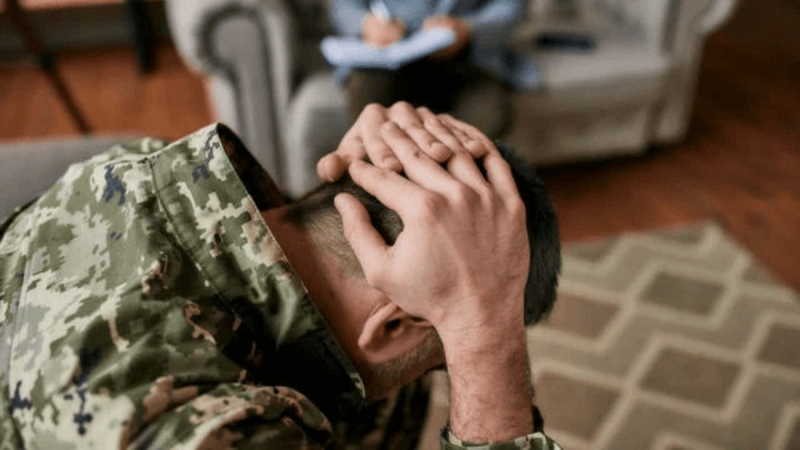>> to support a person with PTSD/”Revolution” Rehabilitation Center
In the conditions of a full-scale invasion, more and more people are faced with the diagnosis of PTSD – post-traumatic stress disorder. Only in the first two months of 2024, doctors registered 3,292 new patients. This is more than for the entire year of 2021 combined.
PTSD – mental reaction to a traumatic event. Post-traumatic stress disorder occurs when, after the trauma experienced, it does not become the past, but seems to be experienced again and again. This is stated on the “Psychological Support” platform.
Symptoms of PTSD include repeated uncontrollable reliving of a traumatic event, excessive irritation and fits of rage, alertness, constant anxiety, self-destructive behavior, difficulty concentrating, insomnia, or night terrors.
Sometimes a person with PTSD may experience a sudden flashback: it seems to be transferred again at the moment when the traumatic event occurs. A person is enveloped in panic. This state can be triggered by any hint of a traumatic event: smell, sound, emotions, tactile sensations, visual images. A person begins to behave as if he is facing the same danger that he has experienced before, and now he is trying to save himself: he screams, cries, hides from danger.
How to help someone with PTSD?
- Make sure there is no danger. Show respect to the person. After all, the state that caused the panic attack is unconscious and does not happen because of the person's will.
- If the person has harmed himself, call an ambulance.
- Tell the person that he is not alone and you ready to support her. Say your name and assure that there is no danger nearby.
- When the person responds to your voice, determine whether they hear or see you.
- Bring the person back to the “here and now”. Describe the place in which you are, what you see in front of you.
- If you managed to establish contact with the person, ask for their name, ask them to say what they see in front of you.
- Give the person to understand that you are nearby. With the person's permission, you can take their hand, sit next to them, breathe together. But you can only touch a person with their consent, otherwise they may perceive it as a danger.
- To bring the person back to reality and give them a sense of control over their lives, ask a question that contains a choice: does they want tea or water , where she plans to go, what she will do.
The main thing to remember is: speak in a calm tone, simple phrases, without unnecessary emotions. A person is not sick, so he should not be disabled. If these actions do not help – seek help from medical professionals.

